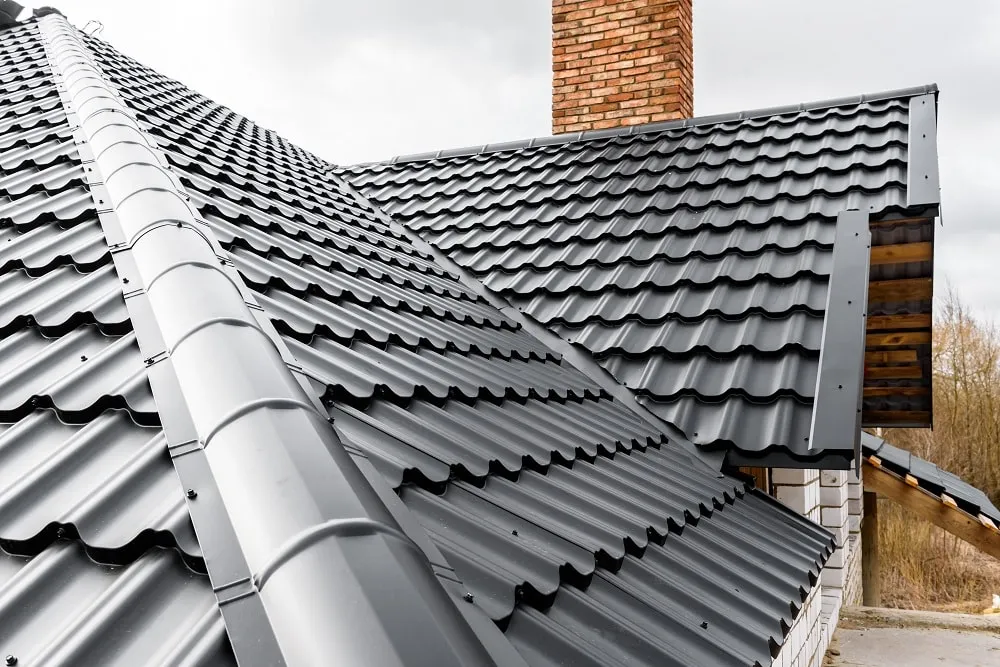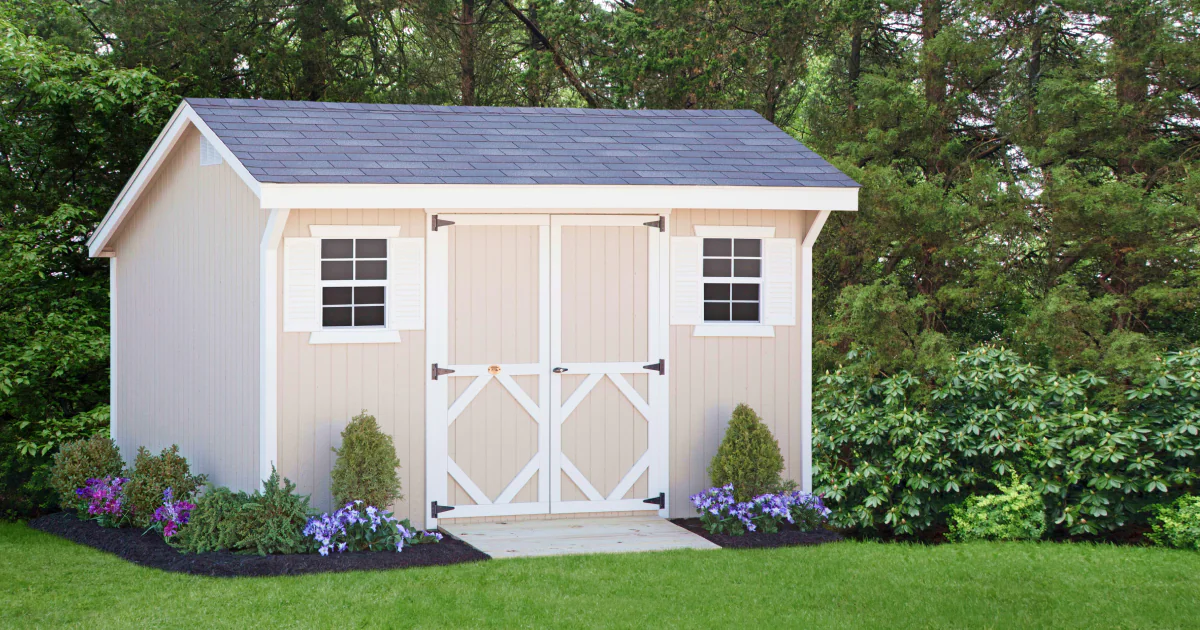
There is no doubt that the vast majority of us get incredibly thirsty especially during the warmer months, but we have grown tired of drinking water all the time because of its lack of taste and the fact that it is quite boring to drink. We are always looking for alternatives to water and now that many more people in the country are becoming fatter than they used to be, we need to start turning away from high sugar drinks that are just no good for our general health. There is no doubt that if you are consuming liters of soda every single day then you are definitely on the path to diabetes and future health issues. It is important then that we find a more healthy option and something that we can add to water to provide us with the tastes that we really like.
The good news is that you can now get tasty, delicious bubble tea powder that can be added to any glass of water to provide you with your favorite taste but with a great deal of the sugar taken away. This is a game changer when it comes to people who really want to lose weight but also don’t want to give up their favorite beverage. The following are just some of the benefits of making other drinking options available to yourself in your home for you and your kids.
- Flavoured powder sachets – These are essential to have in any busy home because kids are always asking for soda and because you as the parent do not want to give them this highly sugary treat, then you need to be able to offer them something just as good. This is where these powder sachets and a new water filter system come into play because they come in many different flavours that your kids love and so they are drinking more water.
- Add a slice of lemon – Squeezing some lemon juice or evening putting a slice of lemon into any drink can help to give it life and to give it taste. If lemon is your thing then you can actually get flavoured powder that tastes exactly the same and can be made in no time at all. All you do is get yourself a glass of clean water, rip open the sachet and then add the powder solution to create something extremely tasty and satisfying.
- Try sparkling water – It is very easy to find sparkling soda drinks that don’t contain any sugar at all and so this provides you with the perfect opportunity to pick out one of these wonderfully flavoured powder sachets even when you are on your well deserved holiday and add it to make a drink that you can get anywhere else.
When water becomes far too bland to drink another glass then you always have the option to introduce the many different flavoured powder drinks into the equation. You create a healthy drink that quenches your thirst and it is also incredibly good for you because it contains essential nutrients and vitamins.









